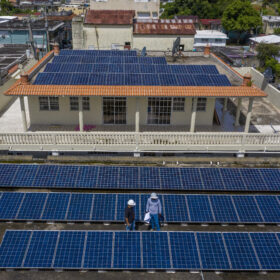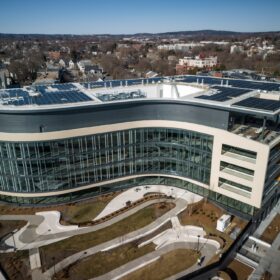The Metropolitan Water District of Southern California:
WHAT: | More than 600 students from 38 Southern California high schools will race over three days solar-powered boats they built themselves this school year. The action-packed weekend is the culmination of a seven-month education program sponsored by The Metropolitan Water District of Southern California. Through the program, students applied the math, science and engineering lessons they’ve learned in the classroom to the real world challenge of building the fastest solar-powered boat possible. | |
| After completing qualifying races on Friday, May 18, the single-man boats compete in two 90-minute endurance heats around a 1.6 kilometer course on Saturday, May 19 and two 200-meter sprint races on Sunday, May 20. | ||
WHEN: | May 18-20, 8 a.m. to 4 p.m. | |
WHERE: | Lake Skinner, Temecula Valley. Take Interstate 15 to Rancho California Road at Temecula, go 10 miles northeast to main gate, following signs to site. | |
VISUALS: | Each day of Solar Cup features students, decked out in team shirts and hats, working on, launching and racing solar-powered, single-man boats. A media boat is available to take reporters, photographers and television/cable crews onto the lake for close-up footage. B-roll footage also is available via an FTP site. In addition, the competition includes student-produced water conservation videos and Snapchat social media campaigns. | |
Note: Student teams are putting the final touches on their boats and will test them in the water in various locations this weekend and next week. See attached sheet for a list of schools. Call for testing details and to arrange coverage before May 18 | ||
BACKGROUND:
Solar Cup began in 2002 with eight teams and about 100 students. In the 16 years since, it has grown into the nation’s largest solar-powered boat competition. Along the way, more than 10,000 young men and women have participated in Solar Cup competitions, where they’ve learned about water resource management, alternative energy development and sustainability and been inspired to pursue careers in math, physics, engineering and environmental science.
The Metropolitan Water District of Southern California is a state-established cooperative of 26 cities and water agencies serving nearly 19 million people in six counties. The district imports water from the Colorado River and Northern California to supplement local supplies, and helps its members to develop increased water conservation, recycling, storage and other resource-management programs.





